It’s winter again, and it’s time to think about pruning. The best advice? Per the Grumpy Gardener, «Prune summer- and fall-flowering trees and shrubs in late winter, before they begin the current season’s growth. If in doubt, you can never go wrong by pruning a flowering plant right after its final blooms fade.»
A good rule of thumb is that if the plant blooms on new growth, it can be pruned in winter, before the new season’s growth begins and after the final bloom of the year. Be careful with spring-blooming shrubs—those usually can’t be pruned in winter without damaging the flower buds and ruining the blooming season. (So don’t even think about taking the shears to your azalea, winter flowering viburnum, early blooming spirea, lilac, rhododendron, quince, loropetalum, and forsythia in winter!) Those you should prune immediately after blooming ends. Read on for tips on how to prune specific shrubs in winter.
These Are The 84 Best Cyber Monday Deals You Can Score On Amazon For Under $100
Abelia
Because it blooms on new growth from spring through fall, Abelia can be pruned in winter. The Southern Living Garden Book instructs, «To retain Abelia’s naturally graceful shape, use hand pruners to cut a few of the main stems to the ground each winter or early spring. This produces more of the vigorous, arching stems that create the plant’s pleasing form. Do not shear.»
Beautyberry

This eye-catching native plant blooms on new growth, so it can be cut back in late winter or early spring. The Southern Living Garden Book advises gardeners to «remove a third of oldest stems, or lop whole plant low to ground. Plants may freeze to ground in Upper South, but they come back from roots.»
Butterfly Bush
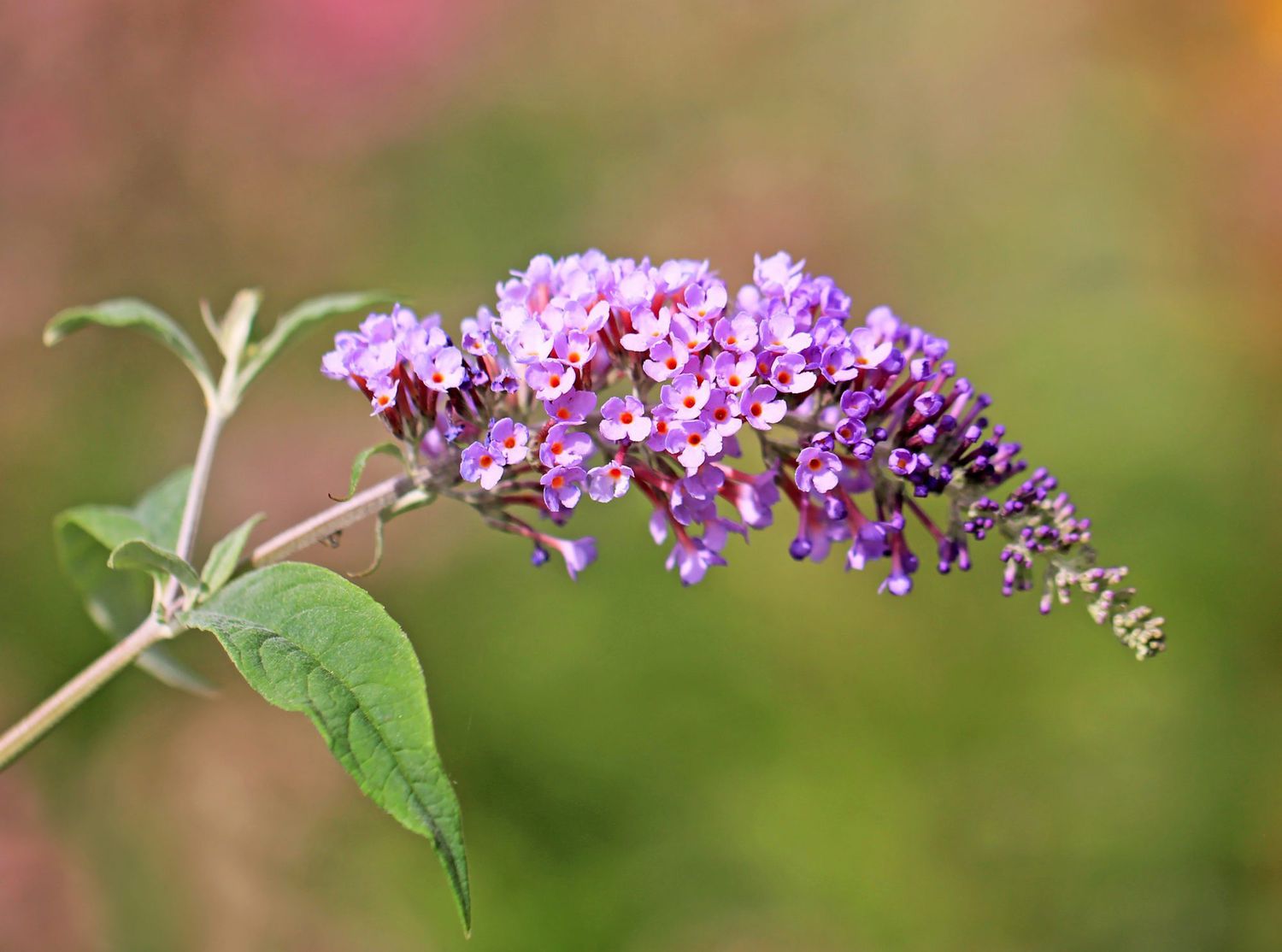
Most species of butterfly bush, or Buddleja, should be pruned according to the requirements of Buddleja davidii, or orange-eyed butterfly bush. The Southern Living Garden Book instructs gardeners to «cut back plants heavily (nearly to the ground) in late winter to early spring to promote strong new growth for good flowering.»
Cape Plumbago
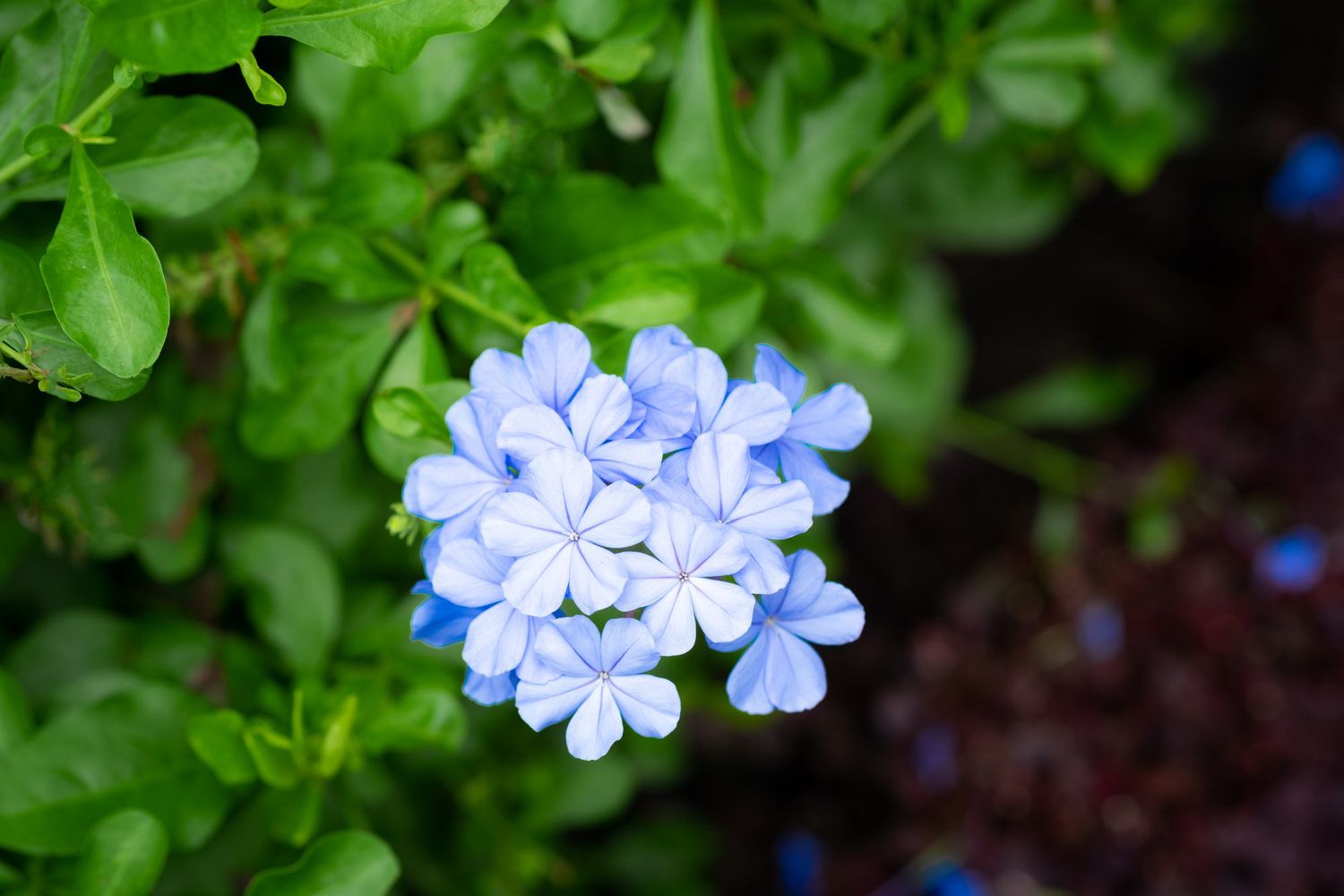
This pretty evergreen shrub should be pruned hard in late winter to ensure that it stays compact. Attentive pruning at this time of year will help control the growth of the plant and keep the planting from getting too large in the garden.
Crepe Myrtle

The Grumpy Gardener says that late winter «is the best time to prune a crepe myrtle because it’s leafless and you can easily see all of the branches. It also blooms on new growth, so pruning now won’t reduce blooming. In fact, it may increase it.» But don’t commit «crepe murder» by sawing off the end of each branch.
Learn more about crepe myrtles.
Lantana
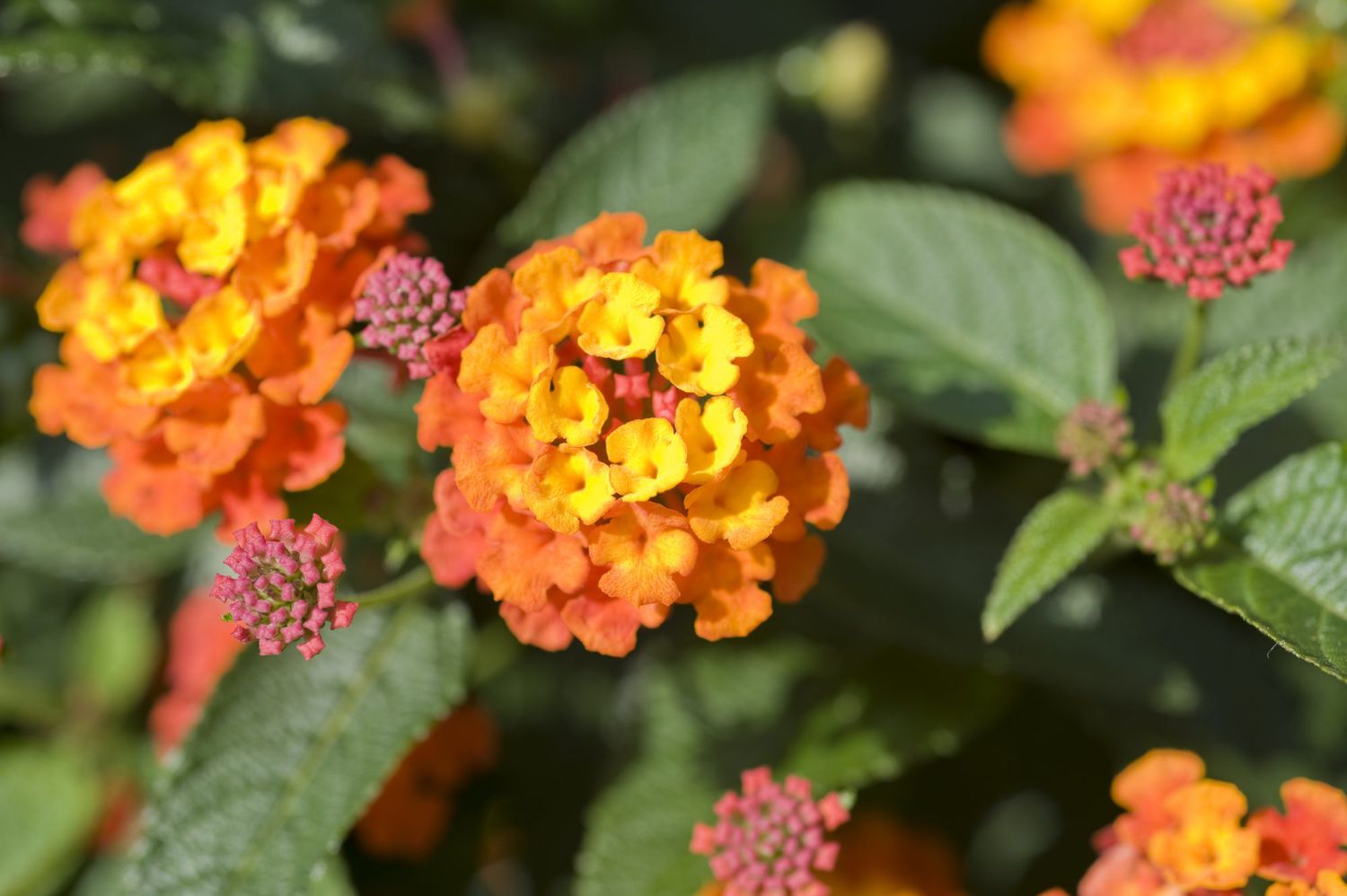
These evergreen shrubs are frequented by butterflies and produce a rainbow of delicate blooms. The Southern Living Garden Book instructs, «Where they overwinter, prune back hard in early spring to remove dead wood and encourage vigorous new growth. Unpruned plants may become large, woody shrubs.»
Roses

Roses need to be pruned regularly and many can be pruned in winter. The Grumpy Gardener says, «About the only time not to prune is late summer and early fall, as this might encourage late growth that wouldn’t harden off in time for winter. In the North, winter is not a good time to prune, but winter is just fine in the South.»
Some Hydrangeas
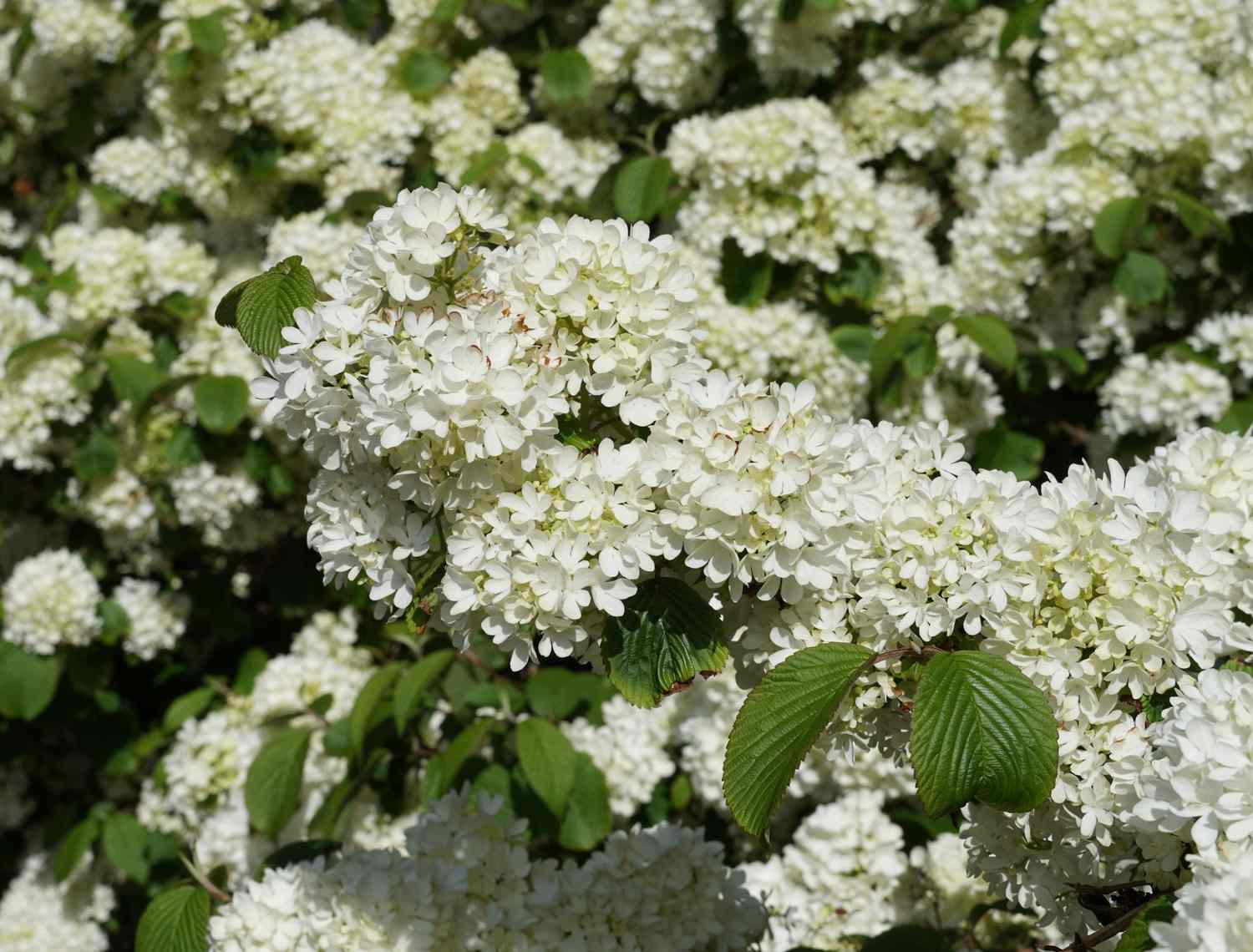
Both smooth and panicle hydrangeas (including «Peegee») should be pruned in winter to take off any dead wood and spent blossoms. All other hydrangea types should be pruned in summer. Take care of your hydrangeas, and they’ll provide you with blooms for many seasons to come.
Wisteria
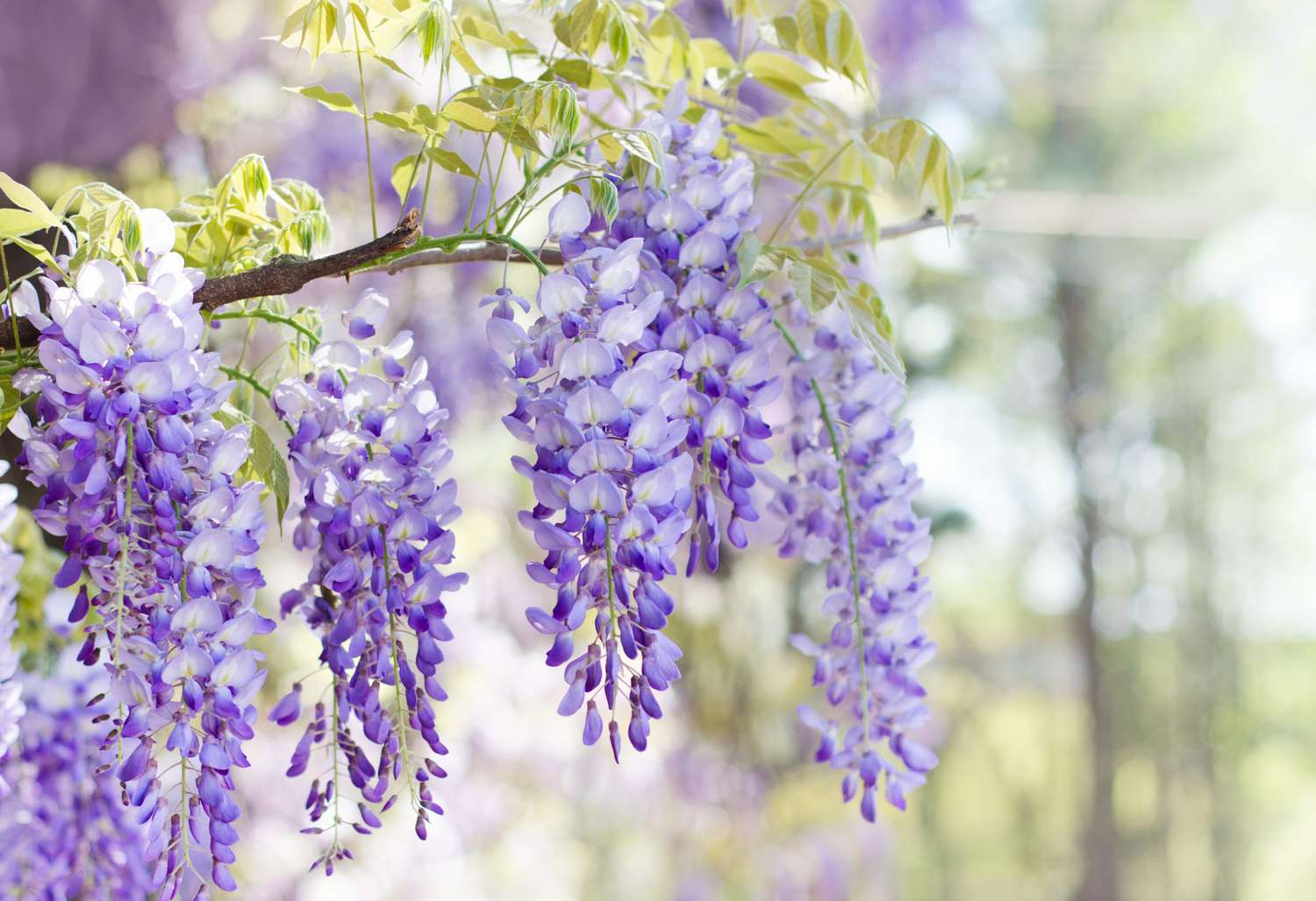
The Grumpy Gardener says that because wisteria blooms on both old and new wood, if you prune every February, shortening each shoot to 6 to 8 buds, «spur-like branches will develop loaded with flower buds.» Careful pruning means gorgeous fragrant blooms come in spring and summer.